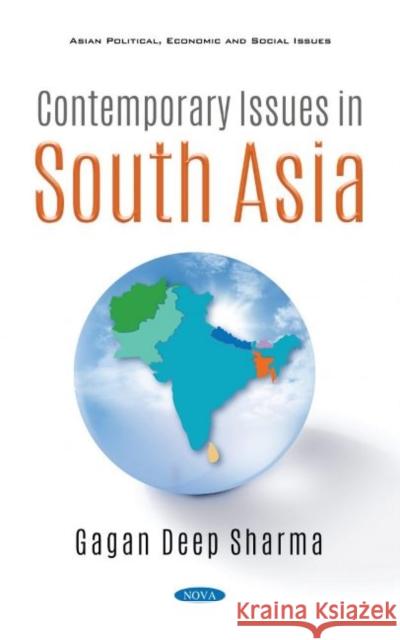Contemporary Issues in South Asia » książka
Contemporary Issues in South Asia
ISBN-13: 9781536176438
The problems of the South Asian region are different from those in the developed world. The region is characterised by rapidly changing socioeconomic scenario, fast-increasing urbanization and longevity, changes in dietary patterns and decrease in mortality from infectious diseases. Drought, cyclones, floods, rural poverty and deprivation push rural population to flock to cities. Therefore, urbanization can be viewed as a consequence of these factors rather than the result of economic growth. This leads to environmental degradation, poverty and growth of urban slums. Rapidly growing population along with the rapid pace of urbanization and industrialisation puts pressure on the scarce resources including arable land. The food needs of the growing population has entailed considerable damage, including depletion and degradation of natural resources and unsustainable use of land and water resources. The lack of investment in human development indicators, namely education and health, has contributed to underdevelopment of these regions. This makes them vulnerable to the negative consequences of globalization. The book "Contemporary Issues in South Asia" provides insight into human problems, the capitalistic system that has caused irreversible damage to human existence, ideology given by Guru Nanak, the relationship between the human development index and its indicators, the current state of e-government development within South Asian countries, the link between governance structure and web-based reporting of financial and non-financial information, the illegal migration from Bangladesh to India, the geostrategy of Sri Lanka, the workplace diversity and the role of management to eliminate factors leading to occupational stress, the rising environmental concerns that have influenced business firms and the concept of green GDP. The book seeks to address the emerging issues of the South Asian countries, namely Afghanistan, India, Pakistan, Bangladesh, Bhutan, Sri Lanka, Nepal, Bhutan and Maldives, by presenting research and analysis, which are both cross-sectional and multi-disciplinary. The book aims to create a research space to explore the emerging multi-dimensional issues and shall benefit the researchers working on South Asia and South Asian Diasporas in the post-colonial era. The book encourages the development of future research agendas across arts and social sciences disciplines based on the South Asian region.











